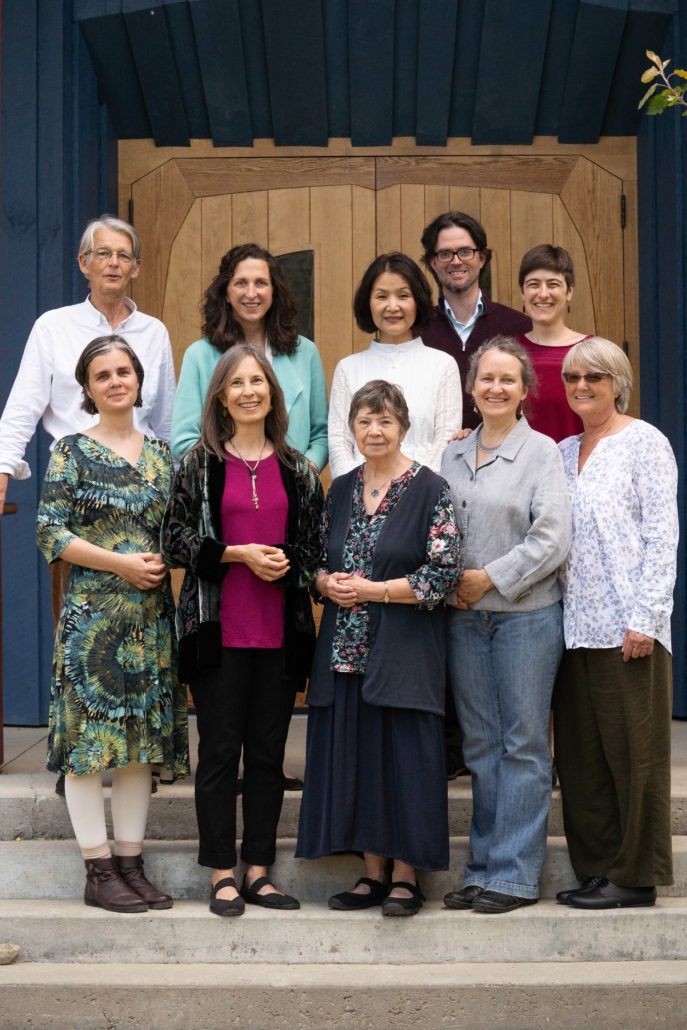“I pray for the human beings which You have given me.” (Jn.17:9)
“I pray for the human beings which You have given me.” (Jn.17:9)
When praying we are never alone. No matter how lonely we are, there are always others who pray with us in silence. We can notice that especially in the Act of Consecration of Man, where our weak attempts are supported from all sides. That is also the actual reason why at the altar we form a community: communal prayer gets wings. The individual forces are not only added together, they multiply, they potentize each other. More than ever it is necessary in our time to work together in prayer. “One single one does not help, but whoever unites himself with many at the right moment.” (Goethe)
In the Act of Consecration, we unite in prayer not only with the visible congregation but also with all “those from whom You received before us Your Son’s offering.” Soon after this sentence is spoken in the Act of Consecration, sounds the Lord’s Prayer. Have we in that moment connected ourselves with the invisible congregation? At any rate, they, the deceased, connect themselves with us.
But more than any other, the Father connects Himself with us whenever we speak a true prayer. In antiquity it was said: “God hears our prayer.” The psalm in which this sentence occurs does not add: God answers our prayer. That is up to God alone. But since Christ lived on earth, He prays with all and for all who want to follow Him. The High Priestly Prayer, spoken by Christ just before He was taken captive, is one great intercession: “I pray for the human beings which You have given me.”
Therefore we trust, even in the greatest loneliness: when praying we are never alone.
Bastiaan Baan, May 30, 2021

